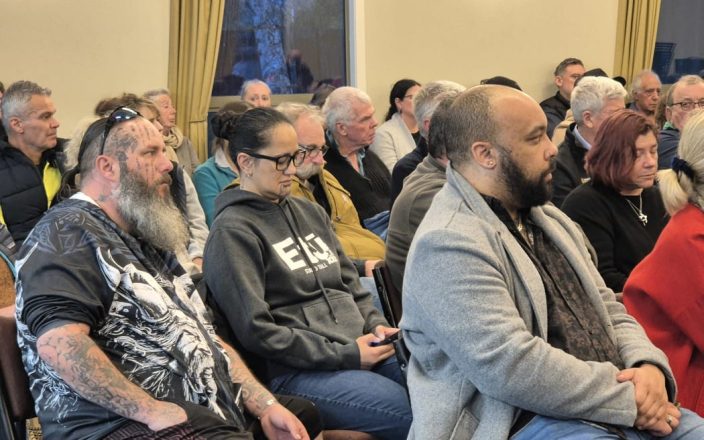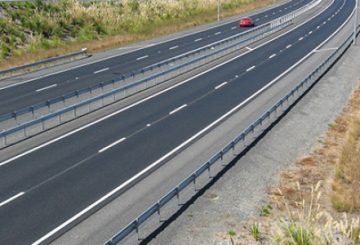2024년 8월 27일에 북섬 중부에 있는 윈스톤 펄프 인터내셔널 공장의 폐쇄 가능성에 대해 논의하기 위한 공개 회의가 열렸으며, 이로 인해 230개의 일자리가 손실될 수 있습니다.지역 사회의 많은 사람들이 이러한 폐쇄의 영향에 대해 우려를 표명했습니다.Raetihi의 교회 홀에서 열린 모임은 현지인과 가족, 심지어 어린이까지 참석한 가운데 꽉 찼습니다.
모임을 주최한 리즈 브루커 (Liz Brooker) 는 이 문제가 일자리뿐 아니라 지역 전체에 영향을 미친다고 강조했다.직원들과 그 가족들은 걱정을 털어놓았고, 일부는 눈물을 흘리기도 했습니다.29년 동안 공장에서 일해온 Aaron McCann은 자신의 가족이 수 세대 동안 어떻게 공장과 연결되어 왔는지 설명했습니다.그는 공장이 문을 닫으면 아들이 호주로 직장을 떠나야 할지도 모른다는 사실에 화가 난다.
또 다른 오랜 노동자인 듀안 딕슨은 고향에 머물고 싶지만 가족을 부양하기 위해 이사해야 할 수도 있다고 말했습니다.전기 기술자인 다니엘 애버내시 (Daniel Abernathy) 와 같은 많은 노동자들은 자신들의 미래와 공장이 문을 닫았을 때 어떻게 일자리를 찾을 수 있을지 불안해합니다.
윈스톤 펄프 인터내셔널은 높은 전기 요금에 직면해 있었고, 이로 인해 문을 닫을 수밖에 없었습니다.최고재무책임자 (CFO) 인 글렌 화이팅 (Glenn Whiting) 은 커뮤니티의 지원에 감사를 표하면서도 어려운 상황을 인정했습니다.
웨스턴 커튼 (Weston Kirton) 래티히 시장은 공장의 미래를 위해 싸우겠다고 약속하면서 정부가 다른 기업에 보조금을 지급하는 것과 마찬가지로 재정적 지원을 제공해야 한다고 제안했다.그러나 수즈 레드메인 (Suze Redmayne) 국회의원은 전력 회사들이 해결책을 찾도록 장려하고 있다고 말하면서 지원 약속을 전혀 지키지 않았습니다.
노동자들과의 협의가 월요일에 끝나기 때문에 시간이 얼마 남지 않았고, 아무런 조치도 취하지 않으면 공장은 10월 초까지 문을 닫을 수 있습니다.




























































